Indoor gardening gives you an opportunity to exercise your green thumb all year long, be it harsh winters or hot summers. With indoor gardening, you can be close to your greens.
So, go ahead, push that window open to let some fresh air in, spread some newspapers, grab a bag of potting soil and a container. But first, let’s dig into these Indoor Gardening tips & tricks to prepare you for your indoor gardening adventure.
Types Of Indoor Gardening
Container Gardening

The most common way of indoor gardening is planting in containers like pots, empty containers, or grow bags. If you are reusing the containers from your home, ensure to poke some holes for proper water drainage. Keep a tray under your pots to prevent the excess water to spill. Also, keep changing your pots as your plants grow to give the roots room they need.
Corner Raised Beds

Raised beds are a perfect way to grow small vegetables and herbs corner at your place. You can use any corner of your house to make raised beds with potting soil and grow vegetables like broccoli, tomatoes, etc. Just ensure the base you are building raised beds on should be waterproof and not do any harm to the structure of your building.
Living Walls

People also transform their walls into an indoor garden and grow edible plants. Use irrigation tanks or dripping water technique to provide the plants with a steady supply of water. You can fill these walls with plants like lettuce, strawberries, peas, or herbs and have your beautiful looking indoor garden ready. Living walls are a great way to add some green touch to your home.
Microgreens Corner

In addition to the vegetables & herbs in your indoor container garden, you can grow some microgreens indoor. Not only do the microgreens grow quickly with minimal effort but they also make a great addition to your salads, sandwiches, and other dishes.
You can grow microgreens on your window sill, under indirect sunlight, or use artificial lights to make these miniature greens grow well.
Learn how to grow microgreens at home in India.
Hydroponics

Hydroponics is again a great way to grow plants indoors. It is a method of growing plants without soil or gravel but by providing valuable nutrients and using water growing methods. By using this technique, you can grow your plants much faster than the conventional method. All the nutrients that are required to grow are readily available for the plants. This Assorted Hydroponics Kit by AllThatGrows will help you get started on your first hydroponics garden.
Indoor Gardening Essentials
Right Spot

Growing healthy plants is easy, they need the right spot to thrive. Pick an indoor space that receives a sufficient amount of direct or indirect sunlight. Some plants may require a little amount of sunlight while others cannot survive without it. Finding natural light indoors might be a challenge. Choose your plants according to their lighting requirements. If you plan on growing some house plants or herbs, grow lights might suffice. Keep moving your plants to find the right spot for them.
Water

Watering is one of the most important parts of gardening. The watering needs of every plant are different, some like less water while some prefer more water. Water your plants whenever you feel they’re drying out. You can even check the soil drainage level by poking your finger into the soil. Balance is the key when it comes to watering your plants. Keep them hydrated but do not overwater your plants.
Soil

Indoor plants require light and fluffy soil that can soak in the water quickly and can drain adequately. Medium weight soil is better for the plants that will be under the direct sunlight and lightweight soil will be ideal for the hanging plants which won’t receive any direct sunlight. The texture of the soil defines its water-retention property. The lighter soil drains quickly. So choose the potting soil according to your plant arrangement.
Organic Material

Your indoor plants will need a regular dosage of organic fertilizers. Repot your plants and use a healthy potting material whenever you feel your plants are dying and drying out fast. An extra supply of nutrients will help your plants stay healthy even when they’re indoors.
Other Factors

When planting indoor gardening, factors like light, humidity, temperature play a very important role in plant growth. Without an adequate amount of light, plants might grow tall and spindly. You might not have enough direct sunlight indoors for plants to grow well. In such cases, you can use grow lights like HID bulbs, fluorescent lights, etc, to help your plants flourish.
Besides adequate lighting, plants also need the right humidity and temperature level to thrive. A lack of humidity and proper temperature level indoors can be challenging for plants to grow well. If you see your plants turning yellow or brown, mist your plants daily or as often as needed. You can even place your plants together to create a microenvironment with a higher-relative humidity level.
There are multiple benefits to building an indoor garden. It will not only beautify your place but it will also improve the air quality. Growing your vegetables in your indoor garden will ensure a constant supply of fresh and nutritious organic food. This and multiple other benefits are why you should try your hand at indoor gardening.
Whatever your house size, or accessibility to sunlight, there are indoor gardening options available that will work perfectly. Just use some creativity and research work to turn any corner of your house into a flourishing green corner. Nurture your green thumb by trying your hand at indoor gardening. Get garden supplies and high-quality seeds from AllThatGrows today and start your gardening adventure.


 Sign In
Sign In





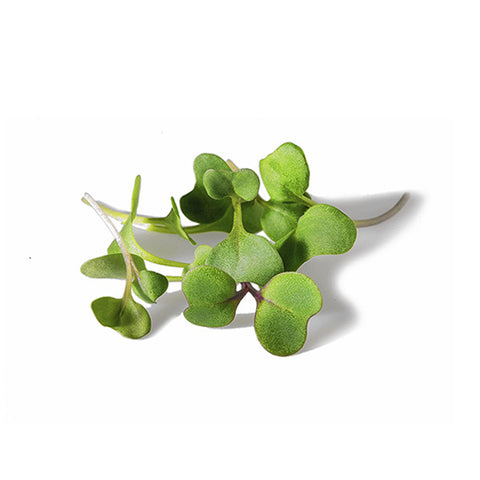
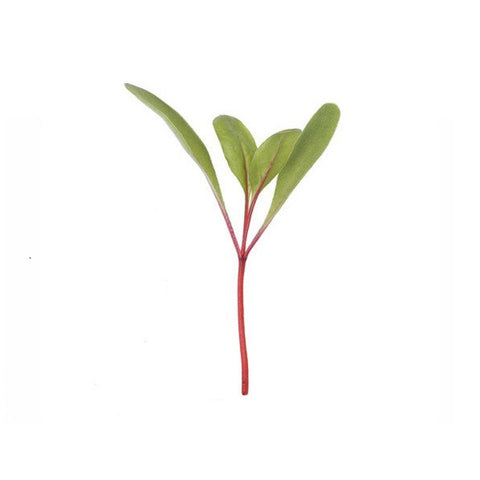

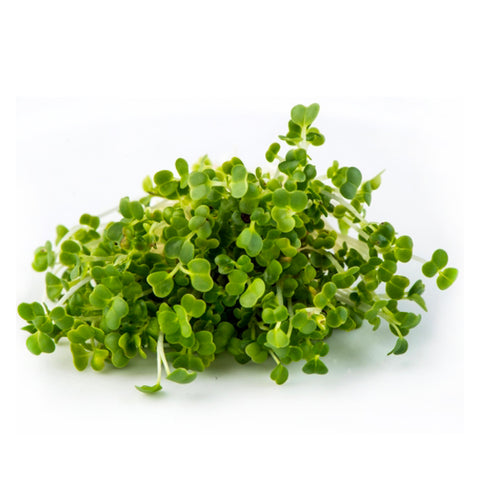
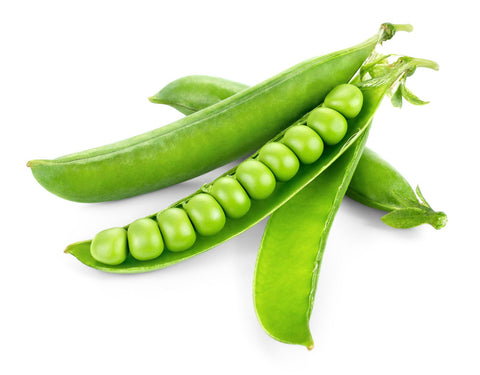
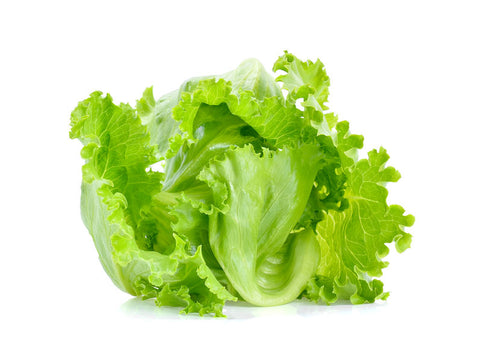
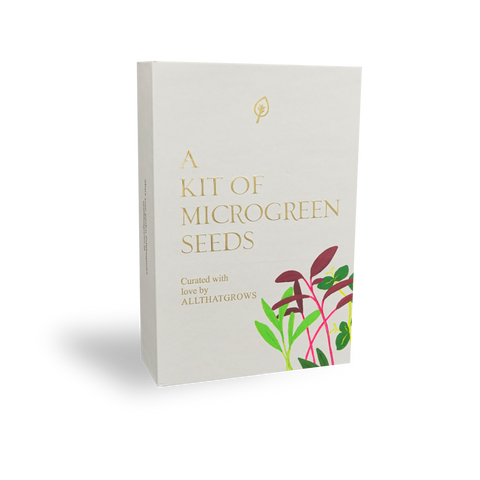






Let us know your feedback
* Comments must be approved before being displayed.